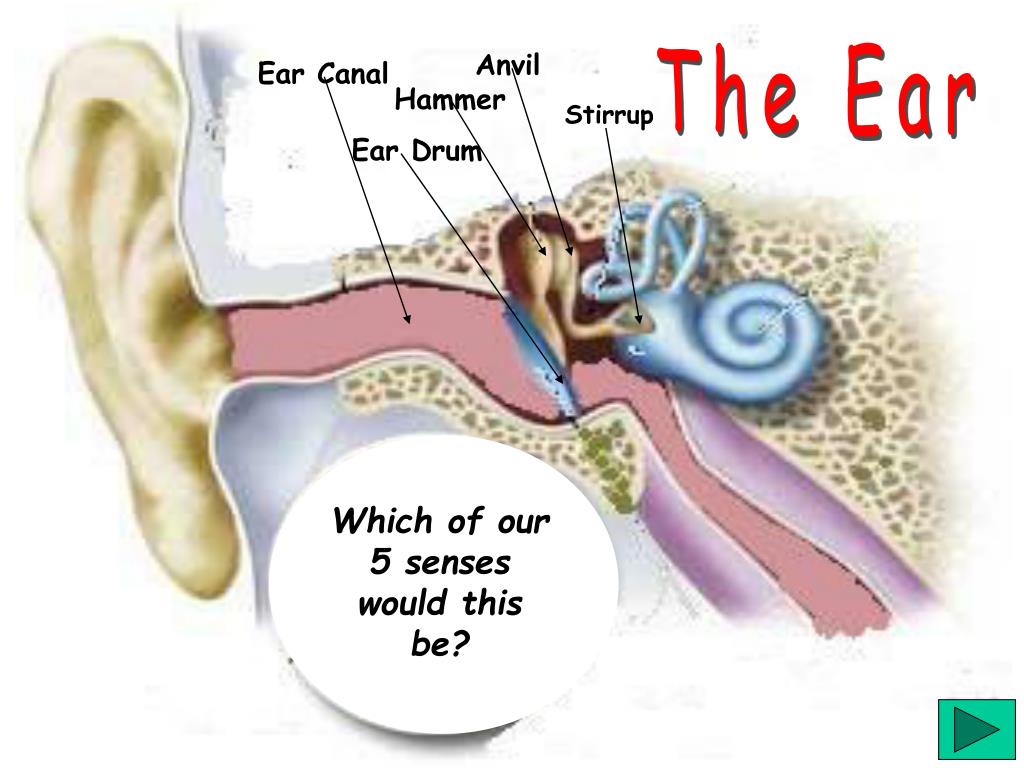

Otitis Externa: Often referred to as “swimmer’s ear”, an infection of the ear canal may be related to water exposure.This condition may actually be aggravated by cotton tipped applicators (Q-tips) that many patients use in an attempt to clean their ears. Cerumen (ear wax) obstruction: Ear wax can be identified by a medical examination and can usually be removed quickly.Some of the causes of conductive hearing loss include: PROBLEMS WITH THE EXTERNAL EAR WHAT CAN CAUSE CONDUCTIVE HEARING LOSS?Ĭonductive hearing loss may result from diseases that affect the external ear or middle ear structures.

An otolaryngologist, also called an Ear Nose and Throat or ENT doctor, can determine the specific diagnosis and treatments for either type of hearing loss and perform surgical treatments, if necessary.

The distinction between these two types of hearing loss is important because many cases of conductive hearing loss can be improved with medical or surgical intervention. A formal audiogram, or hearing test, is the best way to determine the type and degree of hearing loss. The preliminary classification of hearing loss as conductive or sensorineural can be determined by a physician using a tuning fork in the office. Mixed hearing loss refers to a combination of these two types. Hearing loss can be divided into two types: Conductive Hearing Loss, which is essentially a mechanical problem with the conduction of sound vibrations, and Sensorineural Hearing Loss, a problem with the generation and/or transmission of nerve impulses from the inner ear to the brain. The sound vibrations in the ossicles are then transmitted to the nerves and fluids in the cochlea (inner ear), which generates a nerve impulse that passes along the auditory nerve to the brain. Sound waves enter the ear canal and cause a vibration of the tympanic membrane (ear drum) which is then passed through three tiny bones behind the ear drum in the middle ear space: the malleus (hammer), incus (anvil) and stapes (stirrup). The ear can be divided into three parts: 1) the external ear includes the pinna (outer, visible ear) and the ear canal, 2) the middle ear includes the tympanic membrane (ear drum) and the ossicles (middle ear bones), 3) the inner ear, which includes the cochlea (organ of hearing) and vestibule (organ of balance). The inner ear also contains the vestibular organ that is responsible for balance.Conductive Hearing Loss: Causes and Treatments HOW DOES THE EAR HEAR SOUNDS? The brain then interprets these signals as sound and this is how we hear. These nerve endings transform the vibrations into electrical impulses that travel along the auditory nerve to the brain. As the fluid moves, thousands of nerve endings are then set into motion. The cochlea is filled with a fluid that moves in response to the vibrations from the oval window. Once the sound waves enter the inner ear, they travel into a snail shaped organ called the cochlea. The Eustachian tube, which opens into the middle ear, is responsible for equalizing the pressure between the air outside the ear to that within the middle ear. The stapes attaches to the oval window that connects the middle ear to the inner ear.

These bones work in conjunction to further amplify the sound. The ossicles are three tiny bones, the smallest in the human body, and are named the malleus (hammer), incus (anvil), and stapes (stirrup). The vibrations from the eardrum then set the ossicles into motion.


 0 kommentar(er)
0 kommentar(er)
